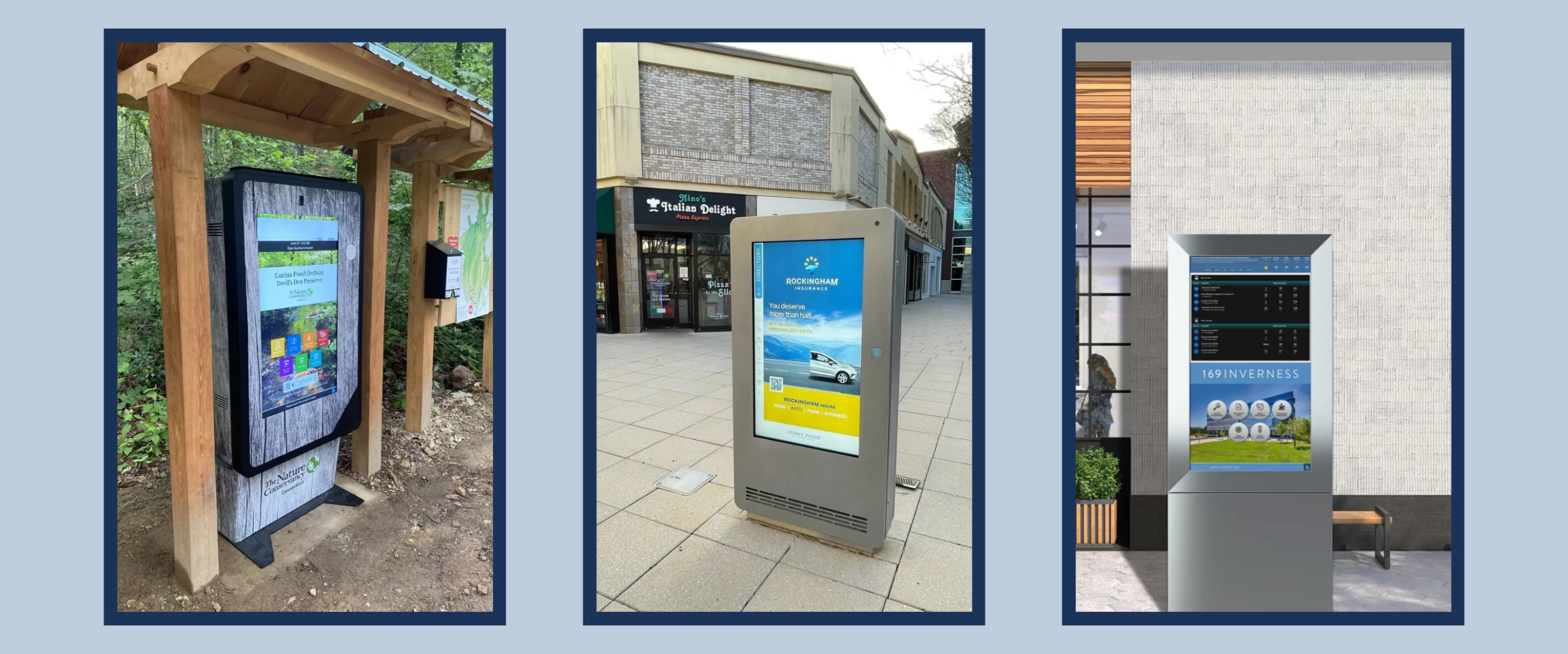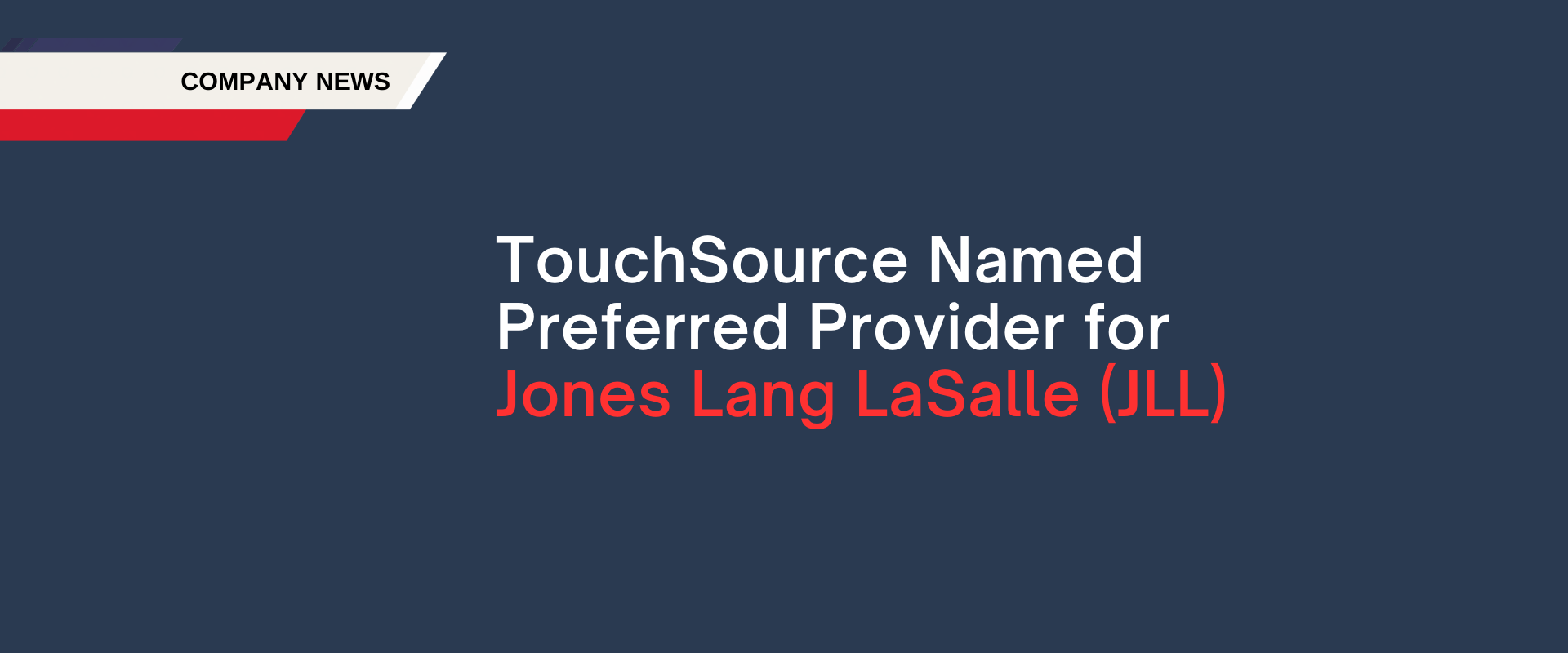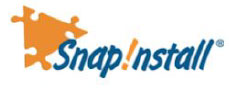Through the Looking Glass: Healthcare Facilities Post-Covid
The past two years have been an absolute whirlwind for the entire healthcare industry — an industry that needed to adapt daily to the changing world around it. Just like when Alice walked through the Looking Glass 150 years ago, we now face our own world of contradictions, paradoxes, and enigmas. Things we viewed as fixed and static now are dynamic. For starters, healthcare delivery now extends to patients’ houses through the now-come-of-age concept called Telehealth. Terms like “surge management” and “clean wards” have become part of the vernacular, while individual practitioners have become adept at traversing digital, virtual and in-person care within minutes of each other.
4 Major Changes in Healthcare Facility Technology Post Covid
As we reflect backwards and plan for the next few years, we are all trying to anticipate where this industry will go next. I spent time over the past month speaking with many of our clients across hospital systems, medical office buildings, and healthcare networks about some clear trends that are emerging:
1. Everything Needs to be Agile. Back in the old days of 2019, it was safe to assume that a facility’s parking facilities would be used for parking, all entrances would be equally used, and that a facilities manager wouldn’t have to manage standing queues going out the front door. That world changed quickly and with those changes came a complete rethinking of the nature of facilities, patient flow, and infrastructure.
Today’s facilities are looking to make all aspects of their facility dynamic and changeable to anticipate and react to changing need. From parking areas to patient rooms, forward thinking facility teams are now using digital tools to manage a more adaptable infrastructure. For example, if a parking lot needs to turn into a testing facility, now digital monument signs can automatically update to re-direct patients. When entrances need to be closed off or a hospital wing needs to serve a new purpose, dynamic wayfinding kiosks can direct patients with a few keystrokes. If a wing needs to be isolated, all signage can change with a click of a button.
2. Build a Digital Bridge — Not a Divide. Richard Zane, the Chief Innovation Office of UC Health, recently said “Our guiding principles are simple: digital health must be easier and not harder, fewer clicks and not more, the path of least resistance, bulletproof, and must enhance human connectivity and not decrease it. The bottom line is that if a tool does not make providers’ jobs better and easier and does not improve our patients’ experience and lives, then it needs to stay on a shelf.” These are wise words as facilities are finding themselves forcing mobile apps to their patients to navigate a facility and they are creating a further and scarier digital divide.
As Dr. Nick Patel of Prisma Health said, “Some key signs that should alert you of a digital asset gone wrong, is if it causes segmentation of your patient or team member population. You have to consider the social determinates of health when deploying a new digital tool. You don’t want to increase the digital divide of those populations that you are trying to reach.” Unfortunately, many facilities are pushing an app-only experience for their patients and they are leaving many behind who don’t have access, language, or skills to manage their health experiences.
Fortunately, there are many facilities like Eden Hill and Caremount / Optum Health that are meeting patients where they are and with what they need with place-based, multi-lingual, contextual signage in addition to patient apps. In order to build a bridge, we have to consider both place-based and mobile solutions that extend and don’t restrict patient access, information, wayfinding, and services.
3. Build End-to-End Patient Experiences. Over the last decade, designers have been studying patient outcomes and patient experiences outside of a clinical environment and the results have been encouraging. In a study in the Journal of Emergency Medicine, the authors found that rotating digital art had a significant impact on patient behavior in waiting rooms. The MD Anderson Cancer Center found that 84% of patients and visitors found that artwork at their Mays Clinic made them feel better. On the opposite side of this, it has been consistently shown that poor wayfinding in healthcare facilities amplifies anxiety and can have a negative impact on patient outcomes. Top facility managers are amplifying the positive impacts that design can have on patients while countering the negative impacts through digital signage and digital wayfinding. Whether it be through use of dynamically changing art displays, simplified digital wayfinding, or just calming information in the waiting rooms, today’s facilities managers are using place-based digital content to help improve the patient experience.
4. Challenge and Embrace Clinical Experience. The typical patient clinical experience in a hospital room looks similar to what it has been for decades. Usually, there’s with a television set, a white board and a lot of time spent waiting around for answers. There have been enhancements in patient monitoring, safety sensors, and in the number of television stations, but the average patient experience is still as frustrating as ever.
Today the CNOs and CMOs at top facilities are seeing the inefficiencies in that traditional patient experience and are leaping forward with accessible and scalable digital solutions. One emerging solution is the digital patient whiteboard that integrates into the provider workflow to reduce errors and improve patient visibility into their care. TouchSource is excited to partner with Chameleon Whiteboards who is bringing the industry-leading solution to market based on their ubiquitous interchangeable whiteboards that are common in today’s facilities. In addition, TouchSource will be complementing the digital whiteboards with the content, infotainment, and wayfinding to improve the patient perception of care throughout their stay. We believe that transparency in care, emotional support for patients, and inspiration in all aspects of the patient stay can be transformative in ways that traditional care misses.
A New Era of Resilient Innovation
The last two years were a time of rapid innovation and readjustment. Now as CIO’s and facility directors have a chance to look forward, we will see increased focus on facility agility, accessible solutions for all patients, technology-infused design, and enhanced clinical room experiences. It’s going to be an interesting and exciting time but it’s key that teams have a plan forward.
3 Planning Rules: As you consider you plans, keep three simple rules in mind:
1. Can you move quickly, if needed? As the world changes, can your facility adapt to the changes? Make sure the tools, methods, and technologies can enable agility and not force rigidity.
2. Are you building a bridge or a moat? It is clear that digital technologies for telehealth, mobile application, and wearables are a positive change in healthcare. However, make sure you are focused on creating a bridge for those on the other side of the divide. Look at both place-based and mobile-based solutions for all patient engagement.
3. Are we improving the patient experience? In the early half of the 20th century, the psychotherapist Frieda Fromm-Reichmann observed “The patient needs an experience, not an explanation.” She was highlighting that there are things beyond intellectual terms and measures that impact the patient. Let’s embrace the patient and what they need to manage anxiety, deliver inspiration, and improve confidence in their care.













